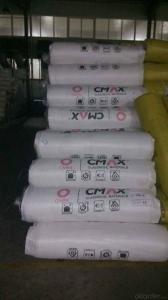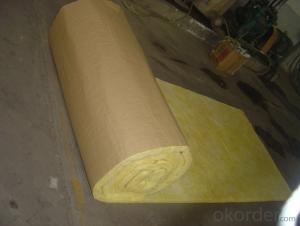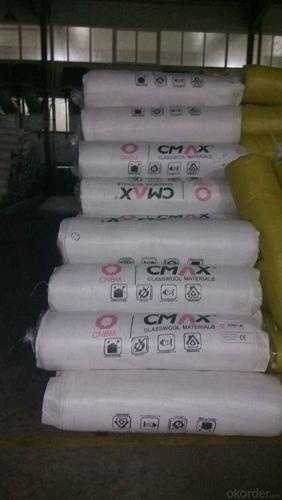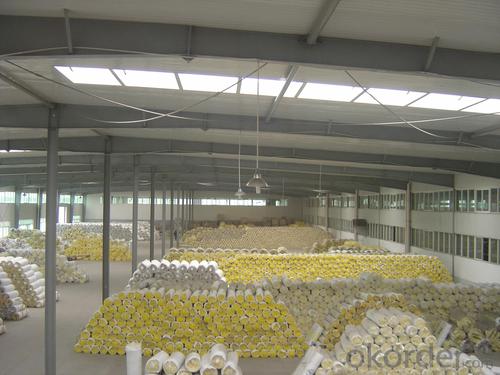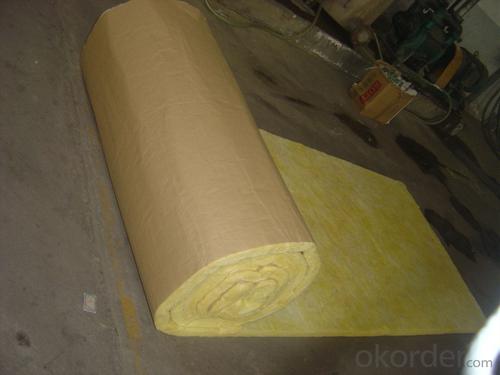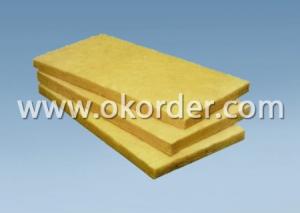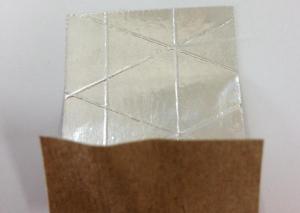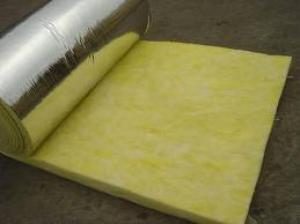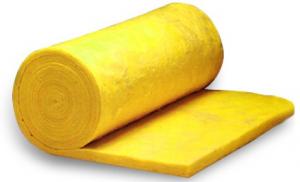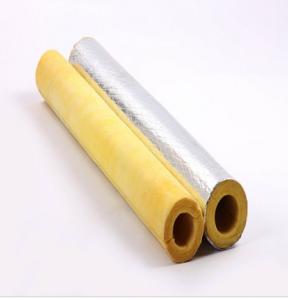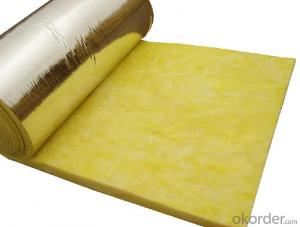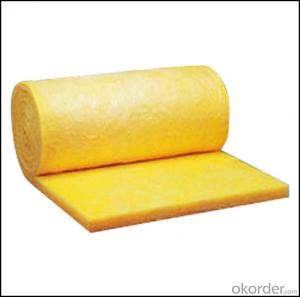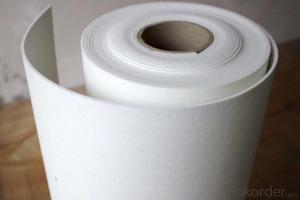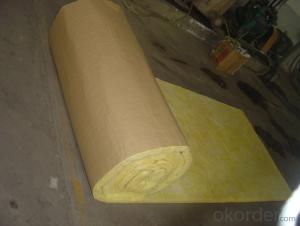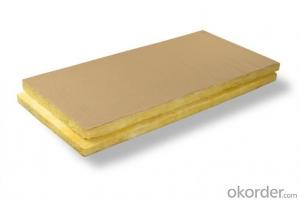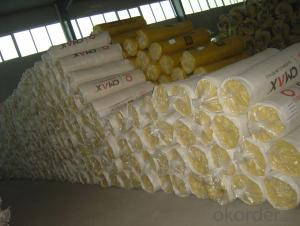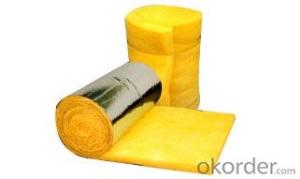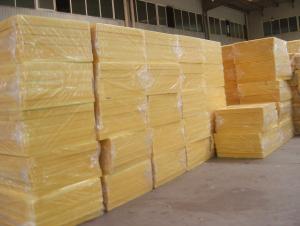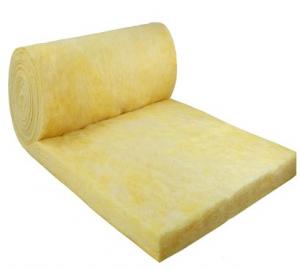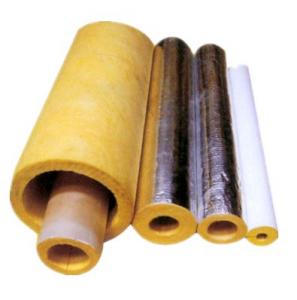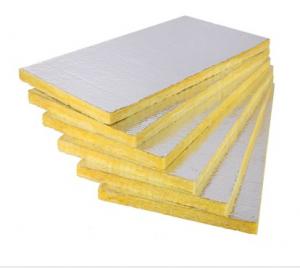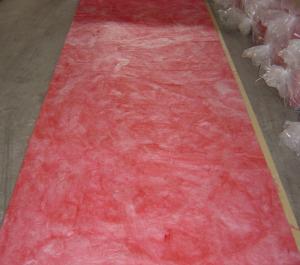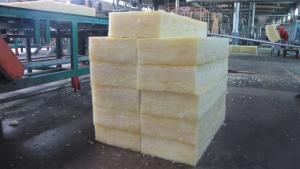Glass Wool Insulation Blanket Kraft Paper Faced
- Loading Port:
- China Main Port
- Payment Terms:
- TT OR LC
- Min Order Qty:
- -
- Supply Capability:
- -
OKorder Service Pledge
OKorder Financial Service
You Might Also Like
Production Description
Glass wool blanket is in flexible form for ease of installation over large areas. Both products are available to order with a wide range of density and thickness, and with various types of facing applied.
Standard Size
Item | Unit | Index |
Density | Kg/m3 | 10 - 48 |
Thickness | mm | 25-150 |
Width | mm | 1200 |
Length | mm | 5000-30000 |
Remark:
Other sizes available upon request Facing materials can be applied upon request
Technical Data
Item | Unit | Index |
Average Fiber Diameter | μm | 5-7 |
Water Content | % | ≤1 |
Grade of Combustibility |
| Non-Combustible Grade A |
Thermal Conductivity ( 25℃) | W/mK | 0.038- 0.045 |
Reshrinking Temp | ℃ | ≥250 |
Hydrophobic | % | ≥98 |
Moisture Rate | % | ≤5 |
Noise Resistant Coefficient (NRC) |
| 0.75 |
Slag Inclusion Content | % | ≤0.3 |
Application
Glass Wool are widely used in public, commercial and residential buildings as well as industrial plants, for applications such as roofing, external wall, partition wall and floating floor to provide fire protection, thermal insulation, acoustic control and condensation control.
- Q: What's the difference between the rock wool and glass wool?
- Glass wool belongs to a category of glass fiber, and is a kind of man-made inorganic fiber. Taking quartz sand, limestone, dolomite and other FIR stone as main raw materials, and is melted into glass after mixed with some pure alkali, sodium borate and other chemical raw materials. In melting state, transfer them into flocculent fibers under the effect of external force, fiber and fiber are in three-dimensional crossing and winded with each other, presenting many little gaps. The gaps can be regarded as air voids. Therefore, glass wool can be regarded as porous materials, it has good heat insulation and sound absorption performance. Glass wool is a kind of spongiform material shaped by making melten glass fibering, it's chemical content belongs to glass and is a kind of inorganic fiber. It has good molding, small bulk density, low thermal conductivity, good thermal insulation and heat insulation, good sound absorption, corrosion resistance and stable chemical performance. Rock wool is artificial light silicate, not the continuous flocculent fiber material, soft texture, good chemical stability, acid and alkali resistant. Not brittle or pulverization, good elasticity, it can be heat insulation, sound insulation in projects.
- Q: Centrifugal glass wool board and polyurethane foam, which has better thermal insulation performance?
- The performances maybe are similar, of course, glass wool board with different unit weight, will also be different. Techniques are almost the same. Centrifugal glass wool board has better performance than that of polyurethane foam insulation materials in fire resistance.
- Q: what's the price of high temperature resistance glass wool?
- Hello the different thickness and unit weight of the glass wool has different prices , generally a few dollars for each square meter, then if you are from Hebei, there are many companies have this products in Langfang, you can go there to consult. Price depends on how much K you need, that is, the number of density, the current mill price is around 2500 for one ton.
- Q: Now what is the latest color steel sandwich board? such as: Foam, stretches, glass wool
- it is better to use rock wool because it is fireproofing and sound insulation.
- Q: What are the disadvantages of glass wool? What are the technical limitations in application?
- Each insulation material has its own advantages and disadvantages. Let's take glass wool and rock wool as an example. Glass wool is less irritating to the workers' skin than than rock wool is in construction workers, but we can not say that the glass wool is not irritating at all. Besides, the melting point of glass wool and rock wool is different. The thermal insulation effect of glass wool is better than rock wool when they have the same bulk density and thickness.
- Q: Which one is more enviroment friendly, glass wool mat or rock wool sound insulating block?
- Neither of them is environment friendly and they all have dust.Polyester cotton is much better in terms of environmental protection.
- Q: What is the function of glass wool foil?
- Possessing strong resistance to thermal radiation, glass wool with aluminum foil veneer is excellent lining material for high temperature workshops, control rooms, walls of machine room, compartment and flat top.Aluminum foil veneer is pleasing to the eye and moistureproof.Glass wool is one kind of the glass fiber and it is a man-made inorganic fiber. Glass is made by melting such raw materials as quartz sand, limestone, dolomite and other natural ore with some chemical materials like pure alkali and sodium borate. In the molten state, the glass is thrown into fine fibers in the shape of floc by the with external force. These fibres vertically interwine and show many small gaps. These gaps can be regarded as air void. Thus, glass wool can be regarded as porous materials and it is of good insulation and sound absorption performance.
- Q: could experts tell me the producing method of insulating layer for glass?wool?board?
- If you have already taken the composite board as interior wall, you don't have to do the final construction, because the inside and outside layer of composite board have been very smooth and no defects, if you want to do surface construction, there will demand many materials, because there is no surface composite board, but only those with grooves on the market, and the groove itself is for increasing the weight and pressure bearing strength of composite board. Supplement: Glass wool composite board is metal surface fireproof?panel, it's mainly made of rock wool and glass wool, it takes high quality coating steel plate as the plane material, continuous cotton fiber, rock wool and glass wool as the core material, high-density hard foamed polyurethane as the tongue-and-groove filling, shaped after high pressure foaming solidified, automatic solid cotton cloth and controlled by the ultra-long precision double track.
- Q: If rock wool board and glass wool are used in enclosed stone curtain walls, which one is better?
- 1. Glass wool has a lower thermal conductivity than rock wool, and glass wool keeps about about 650 in melting crunode; firewall behind the glass curtain wall mainly use rock wool with a volume-weight of 60 to 64, and its melting crunode is about 1200.
- Q: What is the density of glass wool?
- Usually, wool thickness is15MM 25MM 30MM 40MM or 50MM .. Unit weight is 12K 16K 24K 32 or 48K. Glass wool with high unit weight should be reserved. And the price depends on the purposes.
Send your message to us
Glass Wool Insulation Blanket Kraft Paper Faced
- Loading Port:
- China Main Port
- Payment Terms:
- TT OR LC
- Min Order Qty:
- -
- Supply Capability:
- -
OKorder Service Pledge
OKorder Financial Service
Similar products
Hot products
Hot Searches
Related keywords
